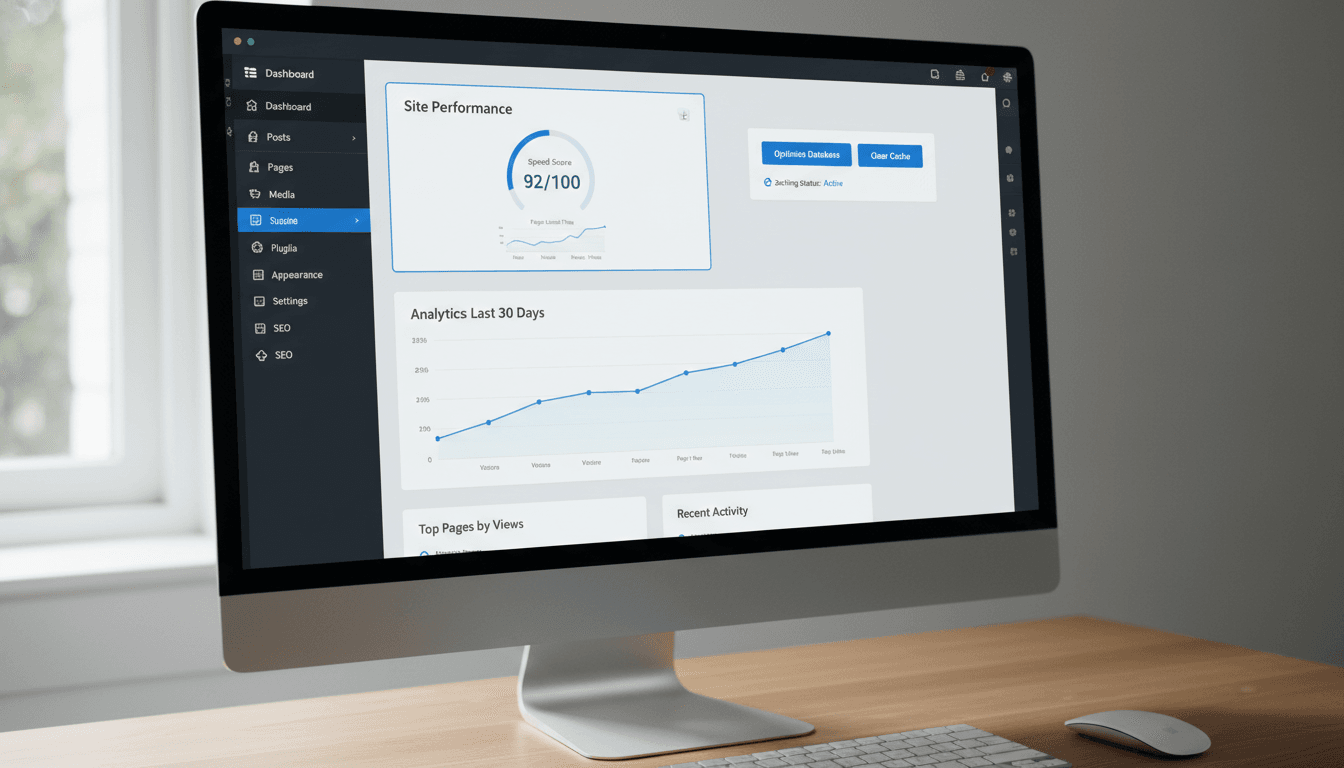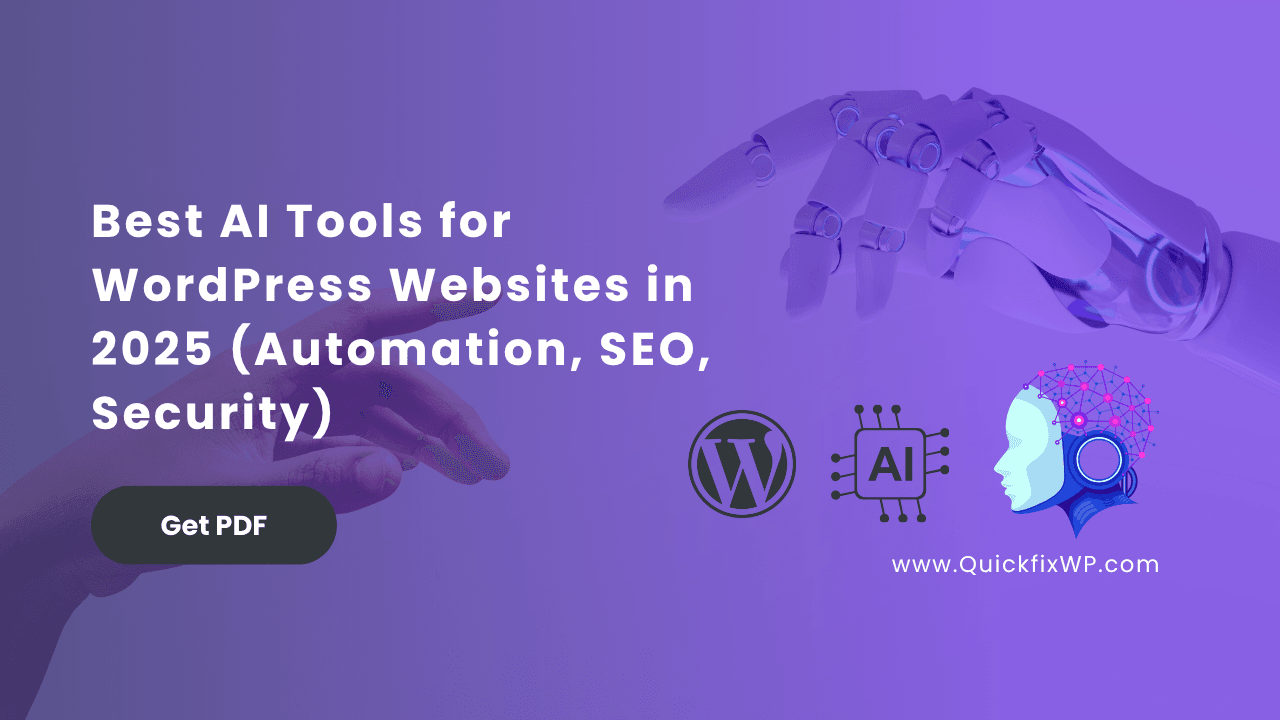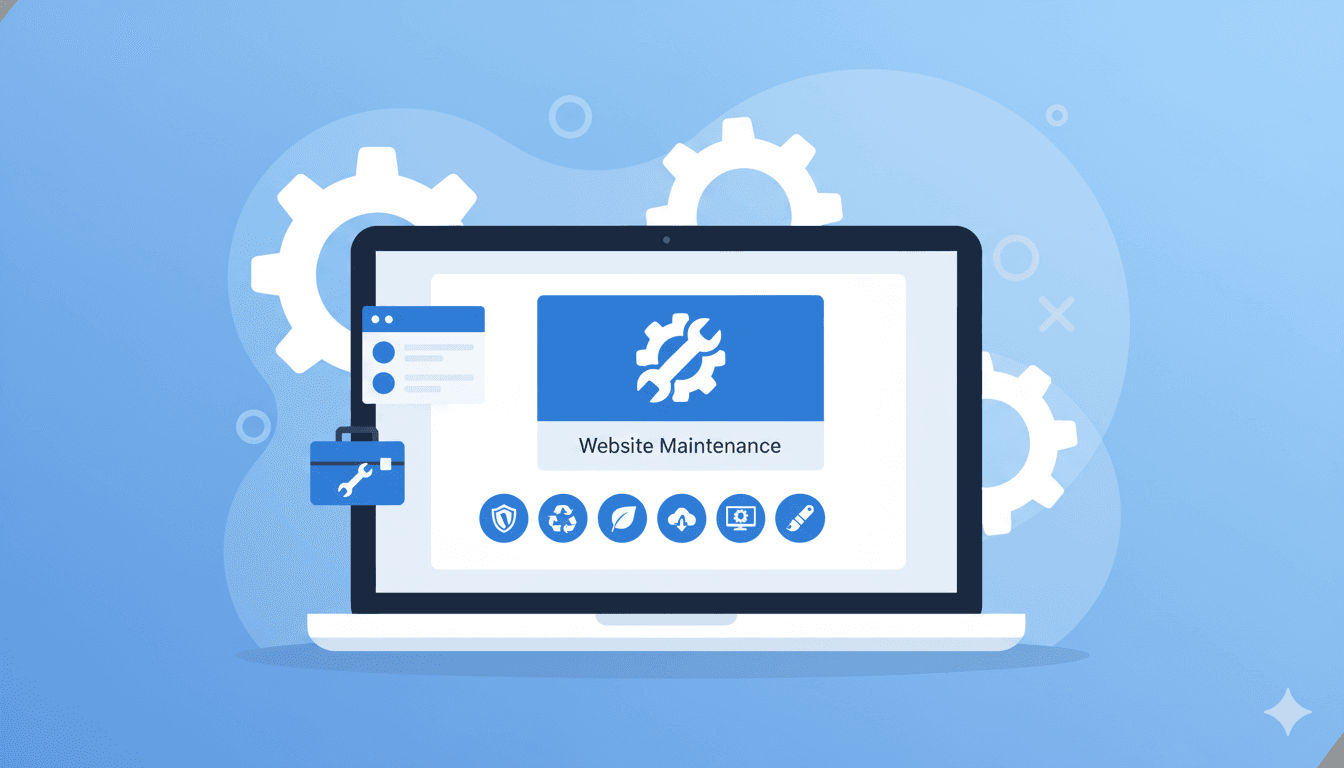
WordPress Speed Optimization: The Ultimate Mega Guide to Core Web Vitals in 2025
Why WordPress Speed Optimization Matters in 2025 If your WordPress website is slow, you are not just losing speed – you are losing traffic, customers, rankings, conversions, and trust. Google now uses Core Web Vitals as a major ranking factor. Slow websites simply do not rank. A 2025 study shows: Whether you run a blog, […]



